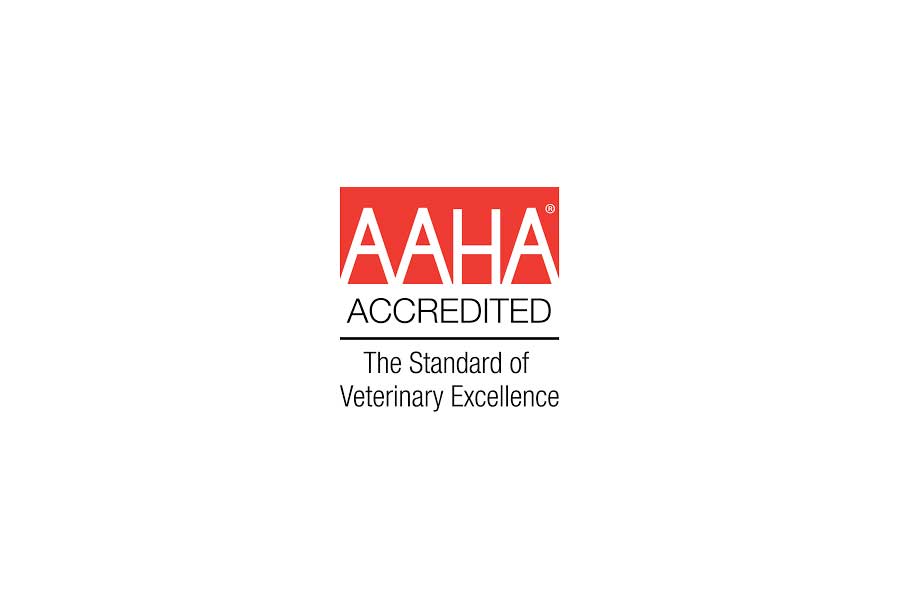Recently, the American Animal Hospital Association (AAHA) came out with its Canine and Feline Behavior Management Guidelines to provide veterinarians and staff with “evidence-based information to ensure that the basic behavioral needs of canine and feline patients are met.” Those who work in, volunteer at, or are in any way involved with animal shelters know that behavior issues often result in relinquishment of the pet or euthanasia. Animals who remain in the home and have behavior issues that are not modified with the help of a trainer qualified in behavior modification or a veterinary behaviorist endure a life of chronic suffering.
Behavior has not been at the forefront of veterinary education. Ask any older veterinarian and they will tell you that behavior was anywhere from one hour to a few hours of lectures. The importance of behavior cannot be overstated. Veterinarians can specialize in behavior, become board certified, and earn the title of Diplomate in the American College of Veterinary Behavior (DACVB). Currently, there are less than 70 DACVBs throughout the world.
The AAHA behavior guidelines are a step forward for the veterinary community. A behavioral wellness assessment is now considered to be a routine part of every pet’s visit to the veterinarian. Your veterinarian should ask you questions about your dog’s behavior, and you should talk with your veterinarian about anything you see as different in your dog’s behavior.
“Fear free” vet visits are a growing trend in the veterinary community. This is something I stress in my Puppy Manners class. We use food to ensure the puppies have an enjoyable experience when we pretend we are at the vet clinic. The AAHA behavior guidelines support the American Veterinary College of Animal Behaviorist’s position statement on puppy classes: “There is no medical reason to delay puppy and kitten classes or social exposure until the vaccination series is completed as long as exposure to sick animals is prohibited, basic hygiene is practiced, and diets are high quality. The risks attendant with missing social exposure far exceed any disease risk.”
Why is a stress free vet visit so important, especially with a puppy? Dr. Karen Overall, a veterinary behaviorist, states the brains of 8-12 week old animals are still developing. “If you scare that animal, you actually can set in motion a chain of neurochemical events that do damage to how they can learn.” The animal never forgets the experience. It is due to a process known as adaptive fear, similar to learning that you do not put your hand in fire.
When I receive phone calls from clients who are in need of help with their dog’s behavior, the first suggestion I make to them is to see their veterinarian. There are medical issues that mask as a behavior issue. If this is the case, I cannot diagnose these and my services may not be needed since resolving the medical issue often eliminates the behavior issue.
If the visit to the veterinarian rules out any medical issue, it is important to keep the veterinarian informed. Counterconditioning and desensitization, teaching alternative behaviors, or a combination of the two, are the methods most often used by humane trainers to modify a dog’s behavior. However, there are some behavior issues that may require medication to help with behavior modification. While trainers often suggest that owners speak with their veterinarian about this, the mere suggestion of a specific drug is unethical and outside the realm of a trainer’s expertise, no matter what seminars, webinars, or conferences a trainer has attended. The AAHA behavior guidelines state: “Diagnosis and medical intervention remain the purview of the veterinarian.”
The AAHA behavior guidelines also offer veterinarians advice on choosing trainers to whom they refer clients. “Training is an unregulated field, and unskilled, poorly schooled trainers may cause harm.” The behavior guidelines go on to state: “Trainers should have obtained certification from a reliable organization that has, as its foundation, the sole use of positive methods. Certification for trainers should require annual continuing education, liability insurance, and testable knowledge in behavior and learning theory. Unfortunately, credentials don’t guarantee the use of humane methods or honest marketing. It is essential that clients ask trainers about specific tools and techniques used. If the tools or techniques include prong collars, shock collars, or leash/collar jerks/yanks, or if the trainer explains behavior in terms of ‘dominance’ or throws anything at a dog, advise clients to switch trainers.”
Many trainers, unfortunately, still use aversive techniques. The AAHA behavior guidelines state: “Aversive training has been associated with detrimental effects of the human-animal bond, problem solving ability, and the physical and behavioral health of the patient. It causes problem behaviors in normal animals and hastens progression of behavioral disorders in distressed animals. Aversive techniques are especially injurious to fearful and aggressive patients and often suppress signals of impending aggression, rendering any aggressive dog more dangerous.”
The aversive techniques referred to in the behavior guidelines are “prong (pinch) or choke collars, cattle prods, alpha rolls, dominance downs, electronic shock collars, lunge whips, starving or withholding food, entrapment, and beating.” These aversive techniques are not to be used for teaching or modifying behavior. Humane techniques “rely on the identification and reward of desirable behaviors and on the appropriate use of head collars, harnesses, toys, remote treat devices, wraps, and other force-free methods of restraint.”
These behavior guidelines are a great start, although there is one aspect I believe needs further review: “Under no circumstances should aggression or any condition involving a clinical diagnosis be referred to a trainer for primary treatment. Referral to a dog trainer is appropriate for normal but undesired behaviors (e.g. jumping on people), unruly behaviors (e.g. pulling on leash), and teaching basic manners.” Aggression cases are to be referred to a veterinary behaviorist.
As I stated earlier, clients need to discuss behavioral concerns with their veterinarian first to rule out medical causes. If they call a trainer first, the ethical trainer will send them to their veterinarian to do this. It has been my experience that veterinarians are happy to refer to qualified trainers since their workload often prohibits them from writing up a behavior modification program for clients and patients. While not every trainer is qualified to work with aggression cases, there are many who are. Some cases may benefit from early intervention by a veterinary behaviorist. Ethical trainers know when to refer to a behaviorist.
Therefore it is important that veterinarians get to know trainers in their area. In so doing, the veterinarian is better equipped to refer clients, knowing the methods and techniques the trainer uses. Having a working relationship between trainer and veterinarian, the client receives the best care from both areas of expertise.
The next time you visit your veterinarian, ask about the AAHA behavior guidelines. If you would like to read them yourself, you can find the guidelines at: https://www.aaha.org/graphics/original/professional/resources/guidelines/2015_aaha_behavior_mgmt_guidelines.pdf
Want to know more about the classes taught by and the methods used by Pawsitive Companionship? Contact Pawsitive Companionship at www.pawscompanion.com/contact.

